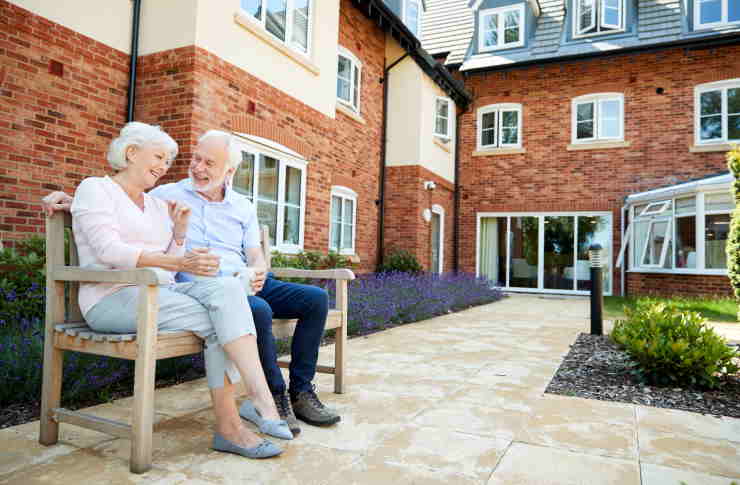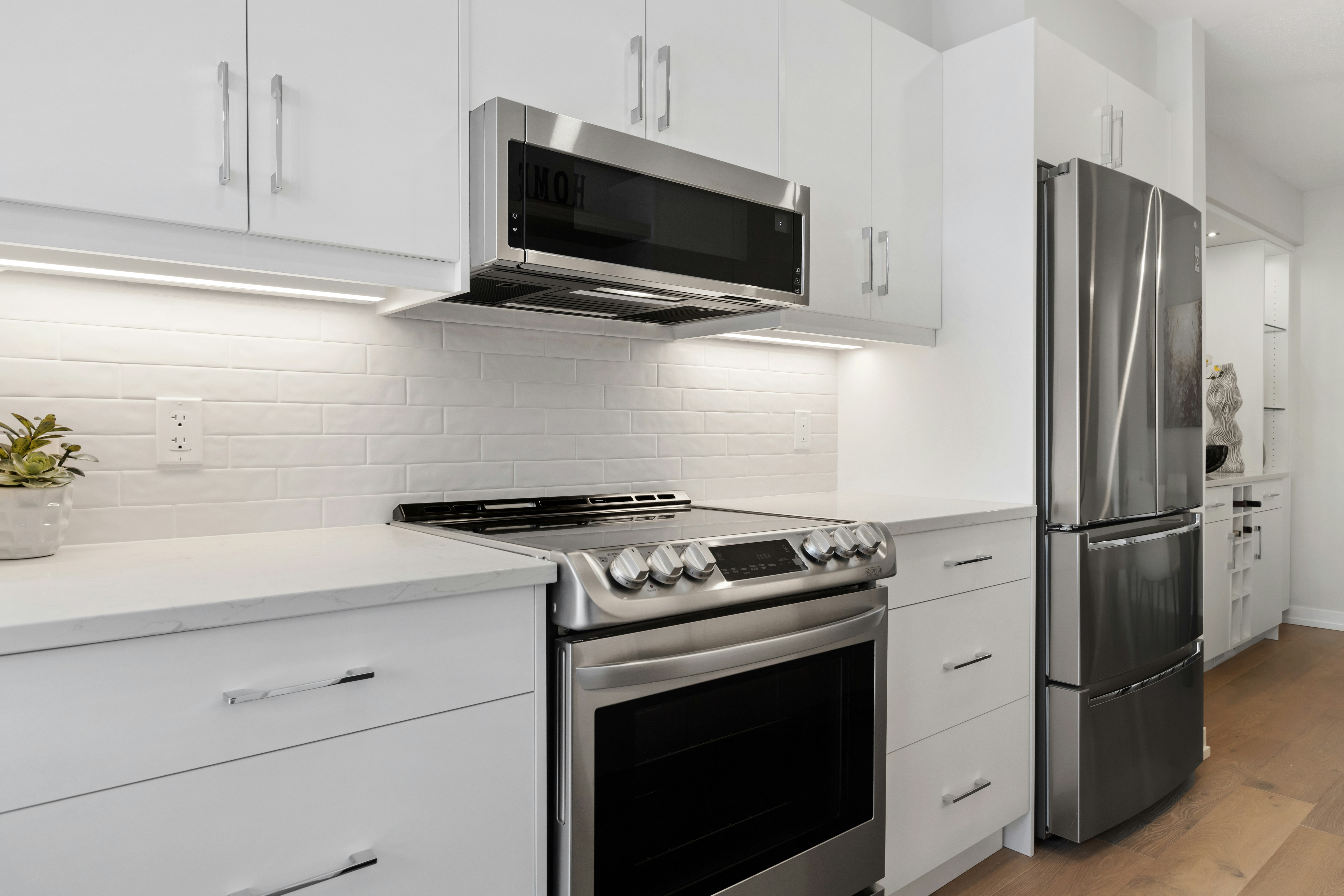Senior Apartments: A Comprehensive Guide to Housing Options for the Elderly
As our population ages, the demand for specialized housing solutions tailored to the needs of seniors continues to grow. Senior apartments offer a unique living arrangement that combines independence with support, catering to the specific requirements of older adults. This article explores the world of senior apartments, their benefits, and what to consider when choosing this housing option.

What features and amenities do senior apartments typically offer?
Senior apartment communities are designed with the comfort and convenience of older adults in mind. Common features include:
-
Accessible design: Wide doorways, grab bars in bathrooms, and lever-style handles on doors and faucets.
-
Single-story layouts or elevators for multi-story buildings.
-
Emergency call systems for added safety and peace of mind.
-
Community spaces for socializing, such as lounges, game rooms, and libraries.
-
Fitness centers with equipment suitable for senior exercise routines.
-
Outdoor areas like gardens or walking paths for recreation and relaxation.
Many senior apartment complexes also offer additional services such as organized activities, transportation to local shopping centers or medical appointments, and on-site laundry facilities.
How do senior apartments differ from other senior housing options?
Senior apartments are just one of several housing options available to older adults. Here’s how they compare to other common choices:
-
Independent living communities: Similar to senior apartments but often offer more extensive services and amenities.
-
Assisted living facilities: Provide more hands-on care and support with daily activities.
-
Nursing homes: Offer round-the-clock medical care for seniors with significant health needs.
-
Continuing care retirement communities (CCRCs): Combine independent living, assisted living, and nursing care in one location.
Senior apartments strike a balance between independence and community, making them ideal for active seniors who want to maintain their autonomy while enjoying the benefits of age-restricted housing.
What are the financial considerations for senior apartments?
When considering senior apartments, it’s essential to understand the associated costs and financial implications. Pricing models can vary widely depending on location, amenities, and services offered. Here’s a general overview of the financial aspects to consider:
-
Rent: Most senior apartments operate on a rental basis, with monthly fees covering the living space and basic services.
-
Utilities: Some communities include utilities in the rent, while others require separate payment.
-
Additional fees: There may be charges for optional services or amenities.
-
Income restrictions: Some senior apartment complexes are designated as affordable housing and may have income limits for eligibility.
| Type of Senior Housing | Average Monthly Cost | Typical Amenities Included |
|---|---|---|
| Senior Apartments | $1,500 - $3,500 | Basic utilities, maintenance, some activities |
| Independent Living | $2,500 - $4,500 | Meals, housekeeping, more extensive activities |
| Assisted Living | $3,500 - $6,500 | Personal care services, meals, medication management |
Prices, rates, or cost estimates mentioned in this article are based on the latest available information but may change over time. Independent research is advised before making financial decisions.
How can seniors find and choose the right senior apartment?
Selecting the right senior apartment involves careful consideration of various factors:
-
Location: Proximity to family, healthcare facilities, and preferred amenities.
-
Budget: Ensuring the costs align with your financial resources and long-term plans.
-
Community atmosphere: Visiting potential apartments to get a feel for the social environment.
-
Services and amenities: Assessing which offerings are most important to your lifestyle.
-
Rules and regulations: Understanding any age restrictions, pet policies, or other community guidelines.
-
Future needs: Considering how the apartment can accommodate potential changes in health or mobility.
It’s advisable to tour multiple communities, speak with current residents, and consult with family members or a senior housing advisor before making a decision.
What are the benefits and potential drawbacks of senior apartments?
Senior apartments offer numerous advantages, including:
-
Age-appropriate social opportunities
-
Maintenance-free living
-
Enhanced safety features
-
Potential cost savings compared to maintaining a larger home
-
Access to amenities and activities tailored to seniors
However, potential drawbacks may include:
-
Less privacy compared to single-family homes
-
Limited space for family visits or storing possessions
-
Possible restrictions on customizing the living space
-
Lack of on-site medical care for those with increasing health needs
Senior apartments represent an important housing option in the continuum of care for older adults. They provide a balance of independence and community, catering to the unique needs and preferences of seniors who wish to maintain an active lifestyle while enjoying the benefits of age-restricted housing. By carefully considering the features, costs, and personal fit, seniors can find a living arrangement that enhances their quality of life and provides a supportive environment for their golden years.






